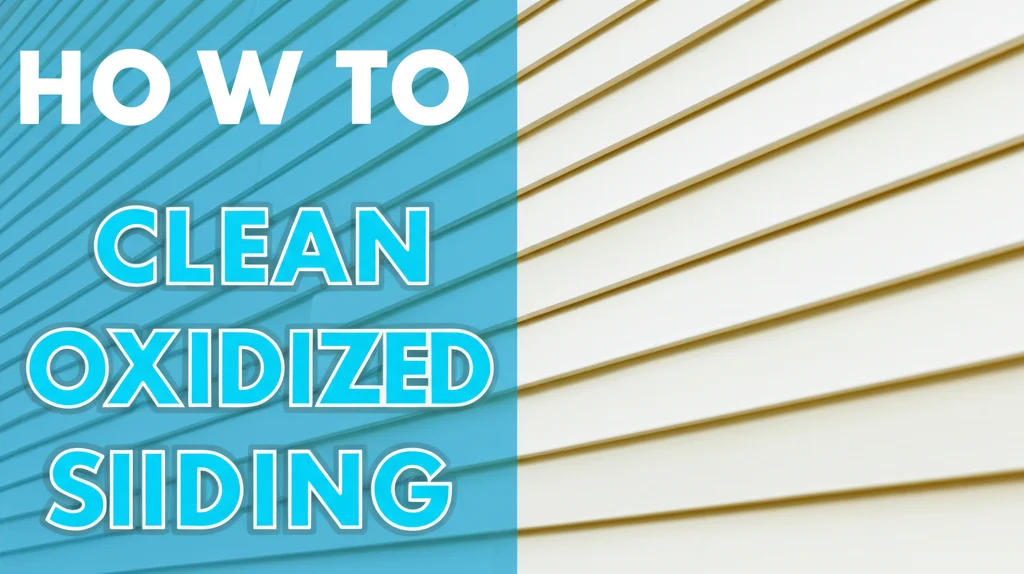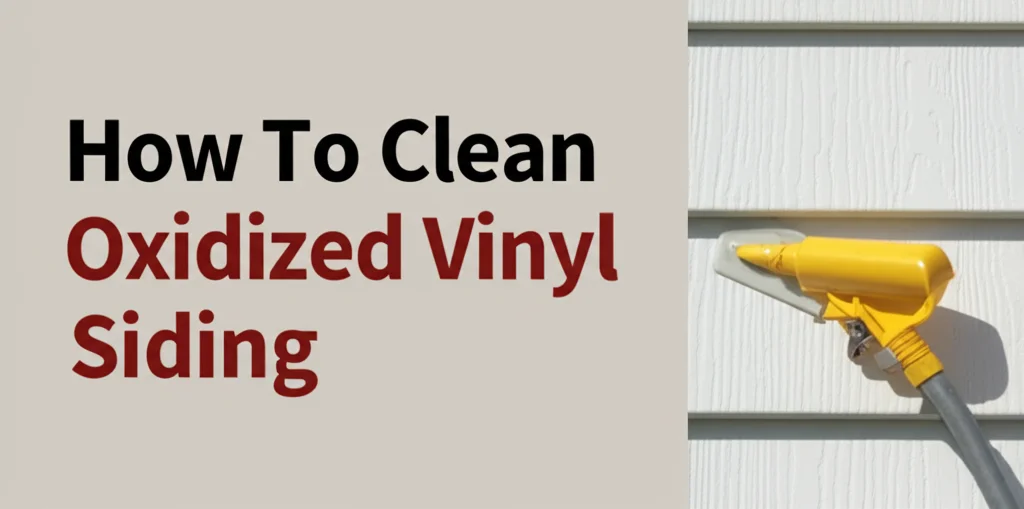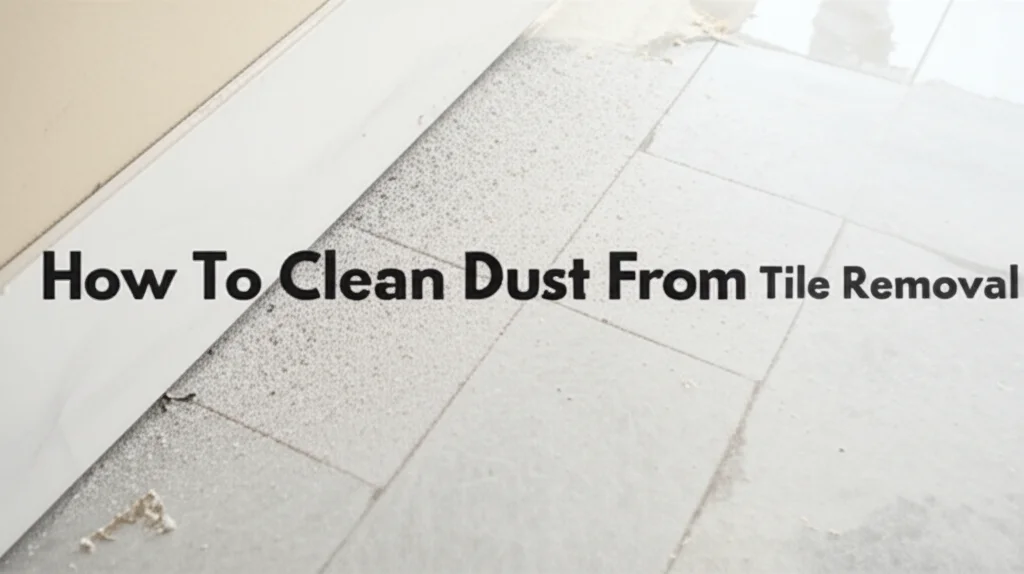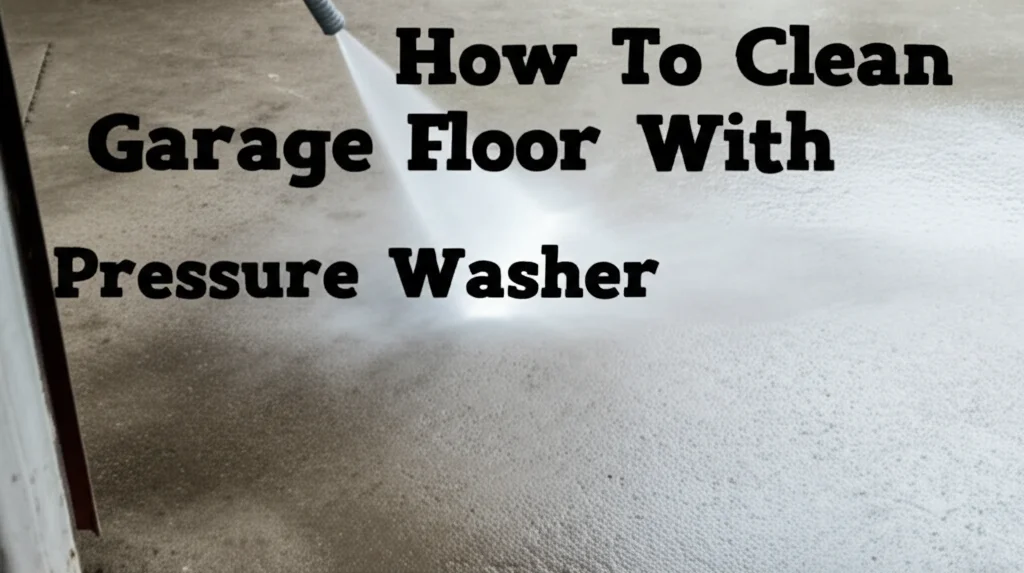· Home Improvement · 6 min read
how to clean oxidized siding

Revitalize Your Home: How to Clean Oxidized Siding
Have you noticed your once vibrant siding looking dull, chalky, or faded? This is likely oxidation, a common issue affecting many homes. Oxidized siding isn’t just an aesthetic problem; it can lead to further damage if left unaddressed. This article will guide you through everything you need to know about how to clean oxidized siding, restoring your home’s curb appeal and protecting your investment. We’ll cover identifying oxidation, gathering the right supplies, step-by-step cleaning methods, and preventative measures to keep your siding looking its best.
Quick Answer: Cleaning oxidized siding involves gently washing the surface with a specialized siding cleaner, often containing a mild detergent and sometimes a small amount of bleach, using a soft brush or low-pressure washer. Rinse thoroughly and consider applying a siding protectant to prevent future oxidation.
Key Takeaways:
- Oxidation is a natural process, but it can be managed.
- Gentle cleaning methods are crucial to avoid damage.
- Prevention is key to maintaining your siding’s appearance.
- Regular inspection and cleaning will extend your siding’s lifespan.
Understanding Siding Oxidation: What Causes It?
Siding oxidation happens when the sun’s ultraviolet (UV) rays break down the pigments in your siding material. This process is similar to how sunlight fades colors in fabrics. It’s most noticeable on vinyl and aluminum siding, appearing as a chalky residue or a loss of color. While all siding types are susceptible, the speed of oxidation depends on factors like climate, siding color (lighter colors show it more readily), and the quality of the siding material itself. Ignoring oxidation can lead to cracking, brittleness, and ultimately, the need for costly siding replacement.
Identifying Oxidized Siding: What to Look For
Before you start cleaning, it’s important to confirm you’re dealing with oxidation. Look for a powdery, chalky substance on the surface of your siding. Rub your hand across the siding; if it leaves a white or colored residue on your hand, that’s a clear sign of oxidation. You might also notice fading or discoloration, especially on areas exposed to direct sunlight. Sometimes, oxidation appears as a dull, lifeless appearance, even without visible residue. If you’re unsure, compare a small, hidden area of your siding to a more exposed section.
Gathering Your Supplies: What You’ll Need
Successfully cleaning oxidized siding requires the right tools and cleaning solutions. Here’s a checklist to get you started:
- Siding Cleaner: Choose a cleaner specifically formulated for your siding type. Many options are available at hardware stores. https://www.beacleaner.com/how-to-clean-vinyl-plank-flooring/ offers a great guide on choosing the right cleaning products.
- Soft-Bristled Brush: A long-handled brush is ideal for reaching higher areas. Avoid stiff bristles, as they can scratch the siding.
- Garden Hose with Spray Nozzle: For rinsing.
- Low-Pressure Washer (Optional): If using a pressure washer, always use a low-pressure setting and a wide fan nozzle. High pressure can damage siding.
- Bucket: For mixing cleaning solution.
- Protective Gear: Wear gloves, eye protection, and a mask to protect yourself from cleaning chemicals.
- Siding Protectant (Optional): To help prevent future oxidation.
Step-by-Step Guide: Cleaning Oxidized Siding
Now that you have your supplies, let’s get to cleaning! Follow these steps for best results:
- Prepare the Area: Cover plants and shrubs near the siding with plastic sheeting to protect them from the cleaning solution. Close windows and doors to prevent spray from entering your home.
- Mix the Cleaning Solution: Follow the manufacturer’s instructions on your siding cleaner. Typically, this involves mixing the cleaner with water in a bucket.
- Apply the Cleaner: Starting at the bottom of the siding, apply the cleaning solution using a soft-bristled brush or a low-pressure washer. Work in sections, overlapping slightly to ensure complete coverage.
- Let it Dwell: Allow the cleaner to sit on the siding for the recommended dwell time (usually 5-10 minutes), but don’t let it dry.
- Scrub Gently: Gently scrub the siding with the soft-bristled brush to loosen the oxidation. Avoid excessive scrubbing, which can damage the surface.
- Rinse Thoroughly: Rinse the siding thoroughly with a garden hose, starting from the top and working your way down. Ensure all traces of the cleaning solution are removed.
- Inspect and Repeat: Inspect the siding for any remaining oxidation. If necessary, repeat the cleaning process on stubborn areas.
Choosing the Right Cleaning Method for Your Siding Type
Different siding materials require slightly different cleaning approaches. Here’s a breakdown:
- Vinyl Siding: Vinyl is relatively durable, but still susceptible to oxidation. Use a vinyl siding cleaner and a soft brush. A low-pressure washer can be used cautiously.
- Aluminum Siding: Aluminum is more prone to damage from harsh chemicals. Use a mild detergent and water, and avoid abrasive cleaners.
- Wood Siding: Wood siding requires a more delicate approach. Use a wood siding cleaner and a soft brush. Avoid pressure washing, as it can damage the wood. Consider a wood protectant after cleaning.
- Fiber Cement Siding: Fiber cement is durable but can still oxidize. Use a fiber cement siding cleaner and a soft brush. A low-pressure washer can be used with caution.
Preventing Future Oxidation: Protecting Your Investment
Cleaning oxidized siding is important, but preventing future oxidation is even better. Here are some tips:
- Apply a Siding Protectant: After cleaning, consider applying a siding protectant. These products contain UV inhibitors that help shield your siding from the sun’s damaging rays.
- Regular Cleaning: Clean your siding at least once a year to remove dirt, grime, and oxidation buildup.
- Trim Overhanging Trees: Trees can block sunlight, but they can also trap moisture and contribute to oxidation. Trim branches that overhang your siding.
- Choose Lighter Colors: While darker colors look great, they absorb more heat and are more prone to oxidation. Lighter colors reflect sunlight and stay cooler.
- Consider Siding Material: When replacing siding, choose a high-quality material with built-in UV protection.
FAQ: Common Questions About Cleaning Oxidized Siding
Q: Can I use bleach to clean oxidized siding?
A: While some siding cleaners contain a small amount of bleach, using straight bleach can damage your siding and surrounding landscaping. Always follow the manufacturer’s instructions on your chosen cleaner.
Q: Is a pressure washer safe for siding?
A: A pressure washer can be used, but only on a low-pressure setting with a wide fan nozzle. High pressure can cause damage. It’s often safer to use a brush and garden hose.
Q: How often should I clean my siding?
A: At least once a year is recommended, but more frequent cleaning may be necessary in areas with harsh climates or heavy pollution.
Q: What if the oxidation is severe?
A: If the oxidation is severe and cleaning doesn’t restore the siding’s appearance, you may need to consider repainting or replacing the siding. https://www.beacleaner.com/how-to-remove-mold-from-painted-walls/ can help with preparing surfaces for repainting.
Conclusion: Maintaining a Beautiful Home Exterior
Cleaning oxidized siding is a manageable task that can significantly improve your home’s curb appeal and protect your investment. By understanding the causes of oxidation, using the right cleaning methods, and taking preventative measures, you can keep your siding looking its best for years to come. Remember to always prioritize gentle cleaning techniques and follow the manufacturer’s instructions for your chosen cleaning products. Don’t let oxidation dull your home’s shine – take action today to restore its beauty and protect its value! Regular maintenance, like cleaning your siding, is a small price to pay for a beautiful and well-maintained home.




